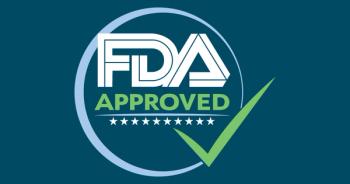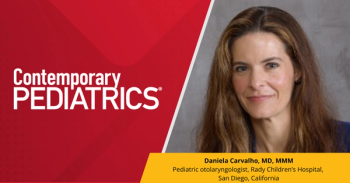
Spanish med labels pose challenges for pharmacists
Q. What is the Spanish translation of dropperfuls? This is one of the questions pharmacists around the country are encountering when generating Spanish versions of medication labels for pediatric patients. Although medical translation software exists, pharmacists are finding gaps in the softwares’capabilities; there are simply words and phrases that do not have a Spanish equivalent. This raises concern over exactly how pharmacies are overcoming this challenge and, ultimately, the accuracy of the translations being generated. Investigators Iman Sharif and Julia Tse from the Children’s Hospital at Montefiore/Albert Einstein College of Medicine, Bronx, NY, examined this issue and presented their results at this year’s PAS conference in Hawaii.
Q. What is the Spanish translation of dropperfuls? This is one of the questions pharmacists around the country are encountering when generating Spanish versions of medication labels for pediatric patients. Although medical translation software exists, pharmacists are finding gaps in the softwares’capabilities; there are simply words and phrases that do not have a Spanish equivalent. This raises concern over exactly how pharmacies are overcoming this challenge and, ultimately, the accuracy of the translations being generated. Investigators Iman Sharif and Julia Tse from the Children’s Hospital at Montefiore/Albert Einstein College of Medicine, Bronx, NY, examined this issue and presented their results at this year’s PAS conference in Hawaii.
The researchers surveyed 288 pharmacies in the Bronx, NY, area in September 2007. Of these, 86% used a computer program, 11% used lay staff, and 3% used an interpreter, language line, pharmacist, or technician to translate into Spanish. Eighty-two Spanish medication labels were reviewed, and with the exception of two labels, no two translations for one prescription agreed. Forty-three percent mixed English words and phrases such as “Take,” “Give,” “Topically,” “With juice,” and “To affected area.” The prescriptions analyzed included popular pediatric scripts such as amoxicillin and ferrous sulfate. These results raise serious questions about the ability of pharmacists in states such as NY to provide accurate translations of medication labels, an offering mandated by Title VI of the Civil Rights Act.
Newsletter
Access practical, evidence-based guidance to support better care for our youngest patients. Join our email list for the latest clinical updates.







